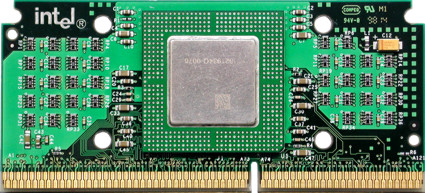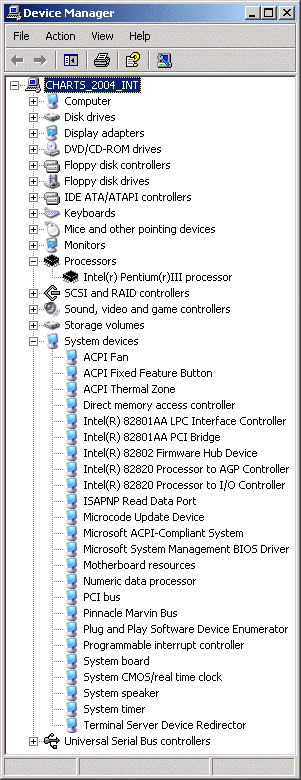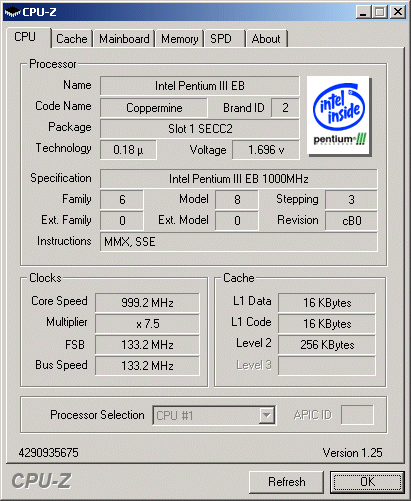The Mother of All CPU Charts Part 1
Intel Processors From March 1994 To December 2004
Slot 1: May 1997 To March 2000
| Pentium II/233 to 450: | May 1997 to August 1998 |
| Pentium III/450 to 1000: | March 1999 to March 2000 |
The fact that Intel has always been shaped and guided by strong marketing is exemplified in the switch in 1997 from Socket 7 to Slot 1. In any case, the only technical explanation for it was that the externally clocked L2 cache had no room on the CPU core and was placed on a large board (cartridge). However, as Intel droned: the slot is the future! The fact that the clamp resistances and thus the runtimes were too high to connect the cache via the motherboard should not be overlooked. It ultimately became known that the clock speed of slot processors was limited as to runtime, which generated negative feedback. Thus from the start, there was controversy about Slot 1. This was also confirmed by the fact that the L2 cache ultimately found room on the CPU core - a result of the constant shrink process. In the beginning of this era, Intel introduced Celeron in the slot without the integrated L2 cache.
Celeron with Mendocino core in the slot had a heat loss of only 24 watts
It was so weak on performance that customers preferred to buy a Pentium II. Intel added fuel to the fire with the Celeron 300A, which now had an integrated L2 cache. The special highlight of this CPU was its FSB speed of 66 MHz, which could be increased to 100 MHz without problems, making the CPU run at 450 MHz. For this reason as well, the processor was an absolute hit in the retail market. This enabled the Celeron 300A in the 450 MHz version to hold its own against a much more expensive Pentium II/400. At that time, SDRAM memory with 100 MHz in a data transfer of 800 MB/s was state-of-the-art. Intel presented the Pentium II/300 in the hallowed halls of Feldkirchen near Munich and for the first time demonstrated real-time decoding of a movie from a DVD (James Bond). The whole thing worked without a hardware decoder card.
Shortly after that, Intel proclaimed its final withdrawal from parallel memory technology by introducing Rambus as the ultimate DRAM savior. Even large companies like Siemens, Compaq, HP and Dell suddenly relied on nothing but Rambus. This was a mistake, as it turned out. The market demanded DDR SDRAM, a thing that became very clear at Computex 2000 in Taipei.
Get Tom's Hardware's best news and in-depth reviews, straight to your inbox.
Current page: Intel Processors From March 1994 To December 2004
Prev Page 1998 To 2000, Continued Next Page Intel Processors From March 1994 To December 2004, ContinuedTom's Hardware is the leading destination for hardcore computer enthusiasts. We cover everything from processors to 3D printers, single-board computers, SSDs and high-end gaming rigs, empowering readers to make the most of the tech they love, keep up on the latest developments and buy the right gear. Our staff has more than 100 years of combined experience covering news, solving tech problems and reviewing components and systems.
-
Rare Intel Pentium P5 wafer with chips:Reply
http://www.chipsetc.com/intel-journey-inside-educational-chip-kits.html



